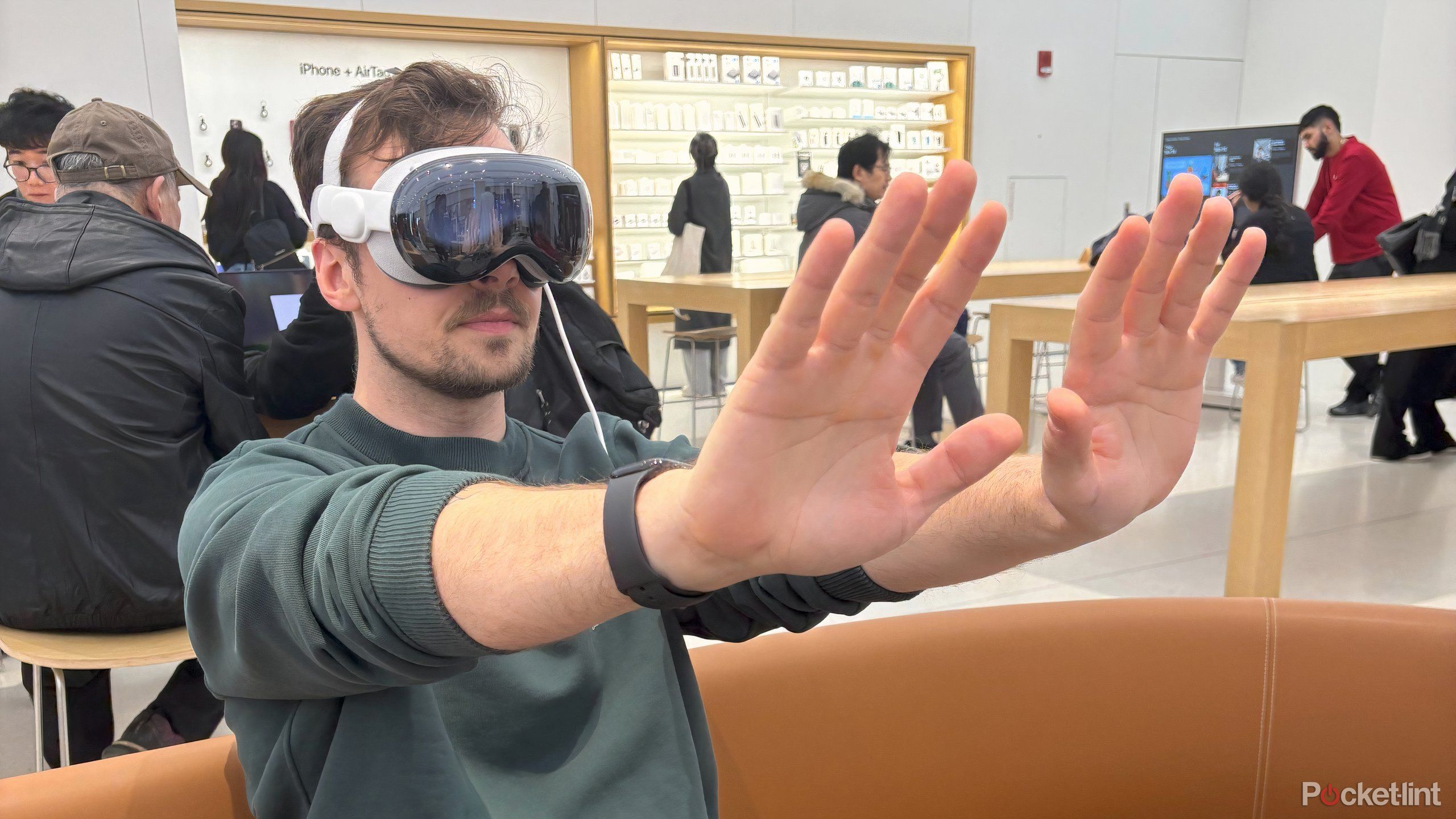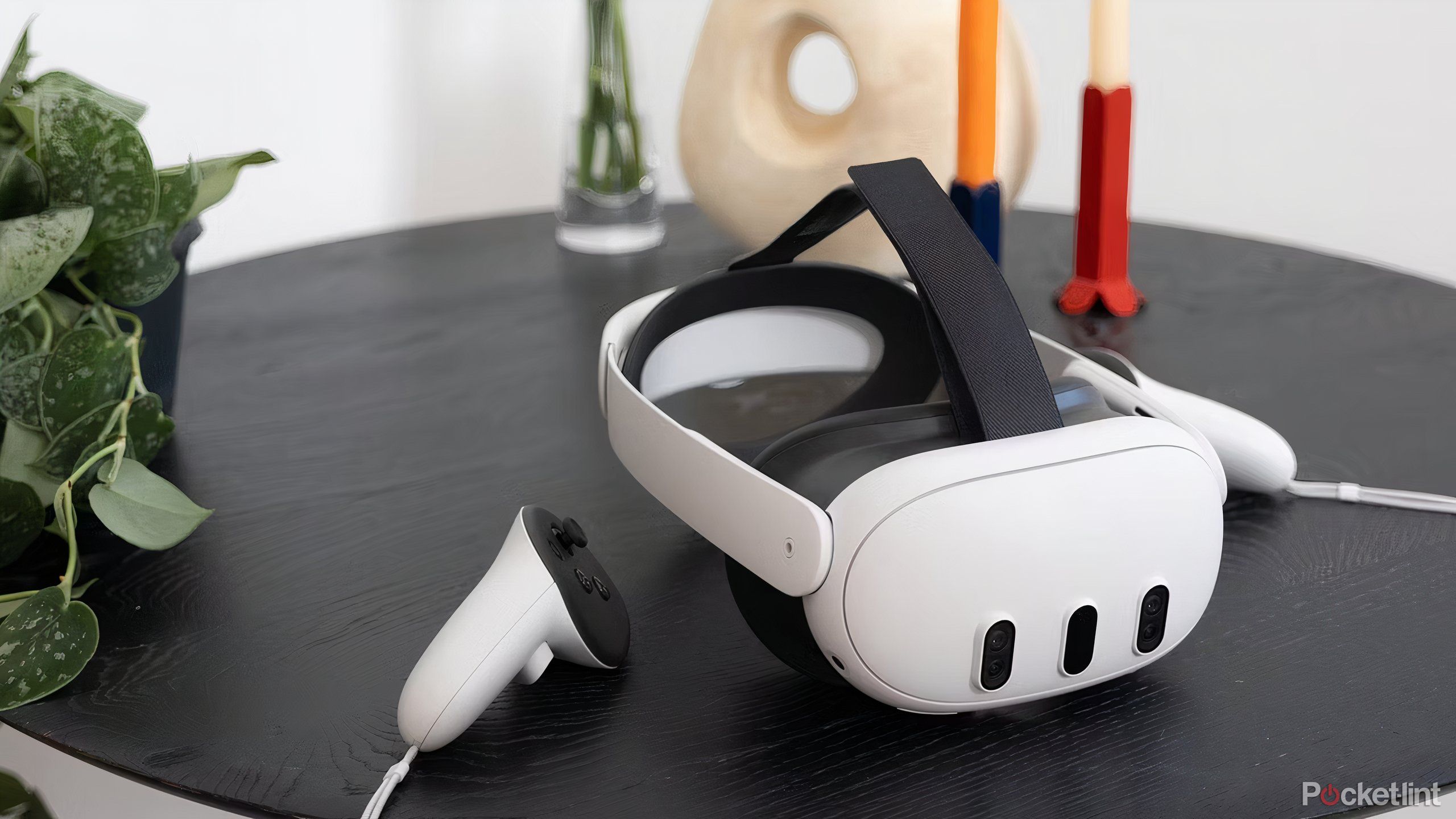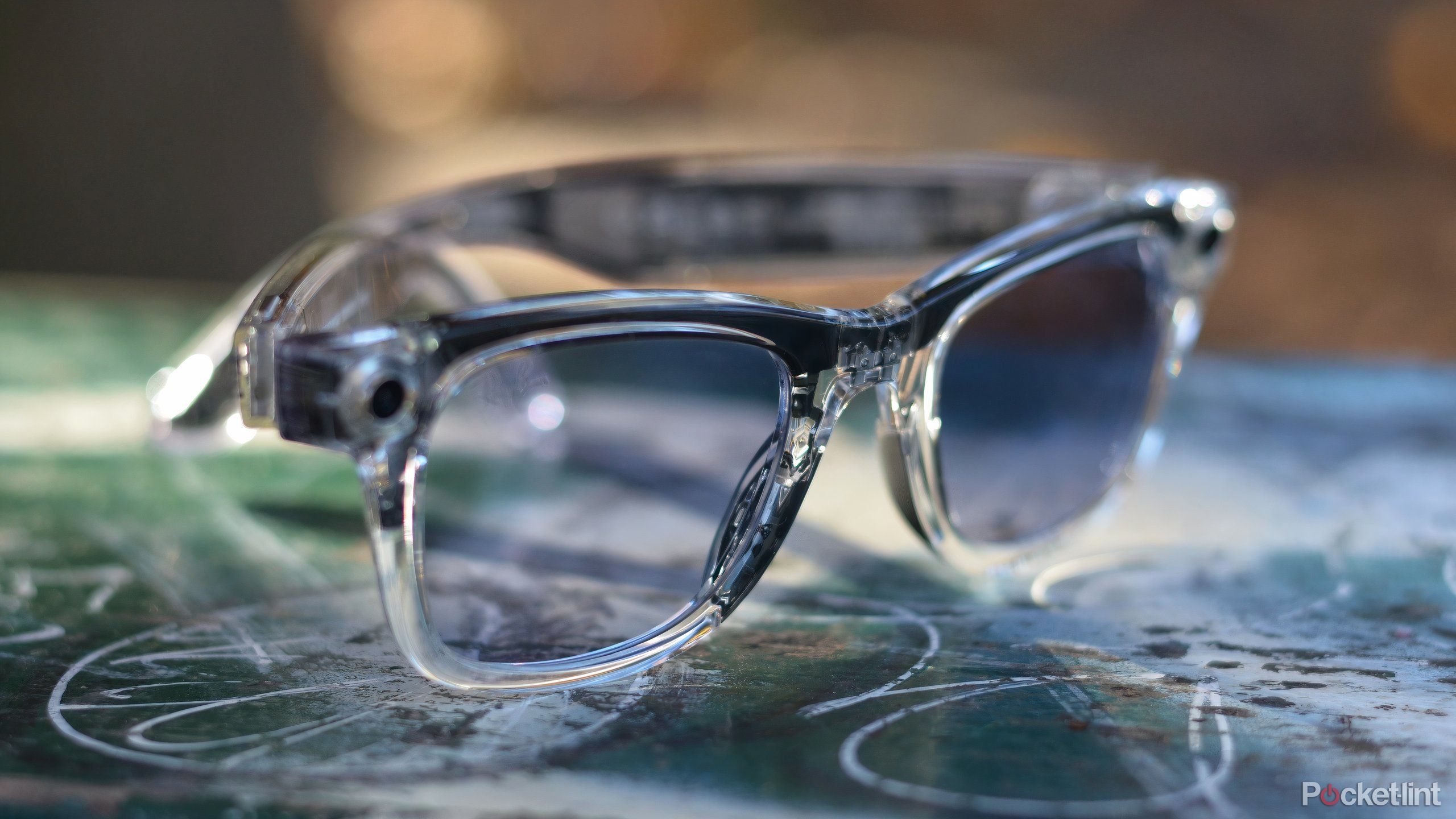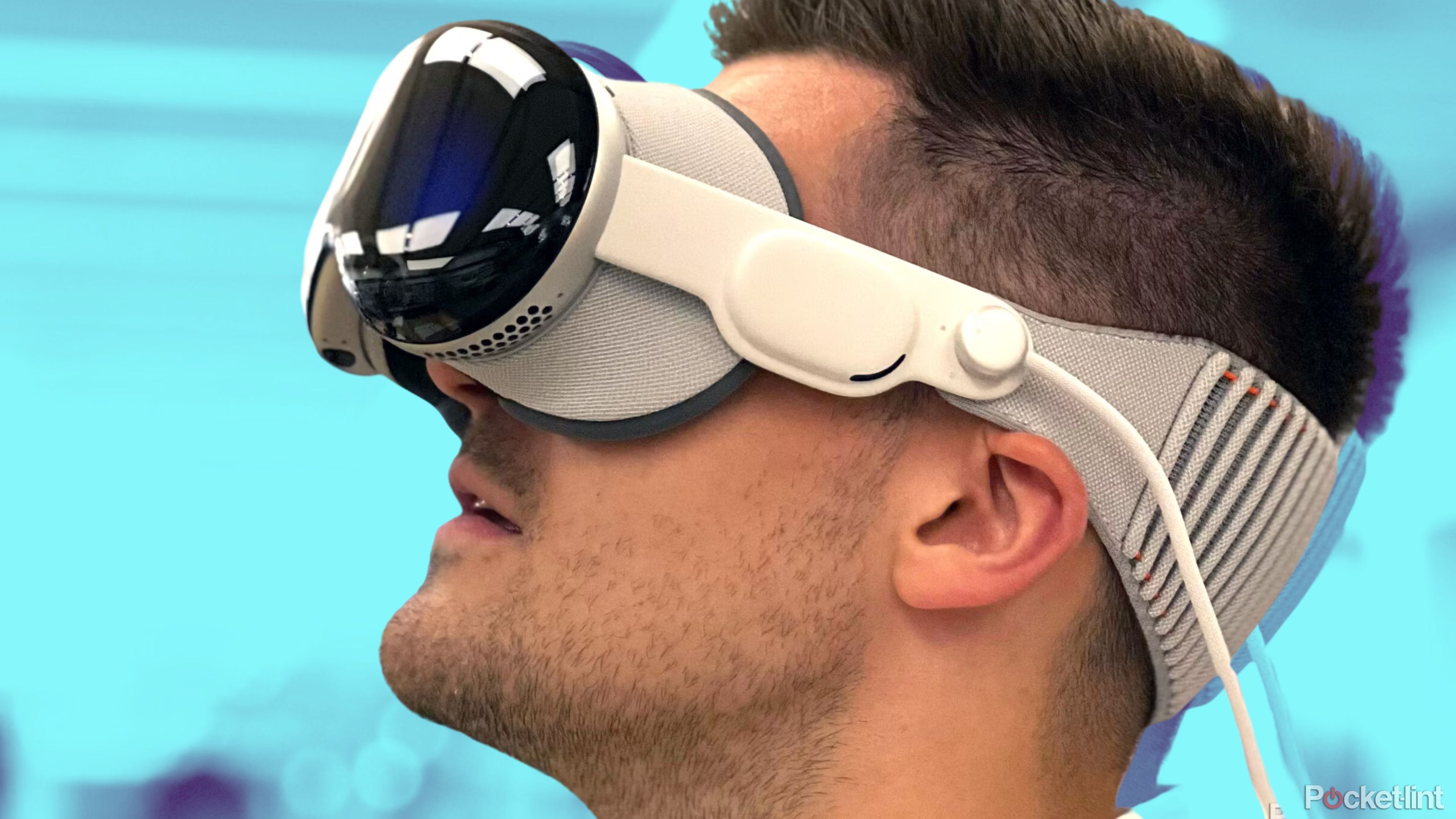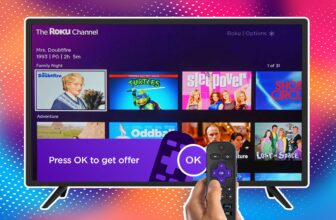Summary
- Apple has already botched AR three times over with the Apple Car, the Vision Pro, and its newly canceled Mac glasses.
- It doesn’t seem to be learning from industry successes, namely Meta’s Quest 3 and Ray-Ban products.
- There’s still room for a turnaround, but it’s going to involve a serious pivot.
If you follow the US tech industry at all, you’re probably aware that the February 2024 launch of Apple’s Vision Pro headset was a big deal. It’s rare for Apple to enter any new product category, never mind a field as troublesome as AR and VR. There was a sense that Apple might have finally cracked the secret, despite few AR or VR products having caught on since the technology first appeared in 1991.
A year on, Apple’s prospects seem gloomier than ever. Vision Pro sales have been slow at best, and the latest word (via Bloomberg) is that Apple is canceling a pair of Mac-connected AR glasses. The company seems to be wandering in the wilderness, to the point that I’m not sure it understands the existing AR market, much less how to make a breakthrough product.
Related
I change these 5 iPhone settings immediately, and you should too
Apple doesn’t necessarily know what most iPhone users like.
A tale of three failures
Or two and a half, at least
Apple has been working on AR for a long time, both in public and behind the scenes. The company’s ARKit framework first reached iPhones back in 2017, and is now used in any number of apps — you’ve seen it if you’ve used the preloaded Measure app, or shopping apps that let you see how a chair or dresser will look in your home.
All that was building up to something, however, and not just the Vision Pro. Remember the Apple Car? That might’ve been equipped with an AR windshield, if US patent applications are any indication, but we’ll never know for sure. The project was canceled around the same time the Vision Pro launched, and it seems unlikely to be resurrected, given the obstacles of breaking into an EV market dominated by Tesla and BYD. Apple would need its own equivalent of a Gigafactory, and a better support infrastructure to go with it — the company discontinues support for existing products after seven years, whereas car owners are used to getting their Honda Civic fixed a decade or more down the road.
A $3,500 headset was never going to do well.
Failure number two is the Vision Pro. While it does have some enthusiastic fans, sales have never met Apple’s (alleged) goals, which were already pretty modest. It’s no wonder why, really. A $3,500 headset was never going to perform in a market struggling with inflation and layoff-happy employers. Many customers balk at the idea of an $800 Apple Watch or a $1,000 iPhone, forget a device that costs more than most high-end Macs while delivering less utility. On a $3,500 Mac, you can spend a full day editing videos in Final Cut Pro — the Vision Pro can’t last two hours unless it’s plugged in, and lacks native versions of many productivity apps.
The Mac glasses may have been doomed from the start. These would’ve been a lot lighter and slimmer than the Vision Pro, but permanently linked to a Mac, relying on it for processing power. A wearable you can’t wear on the go is pointless unless it delivers a radically different experience, and it sounds like the best application of the glasses would’ve been as a virtual monitor — letting people run Mac apps on an 80-inch screen instead of one 24-inches or less. That’s hardly earthshaking.
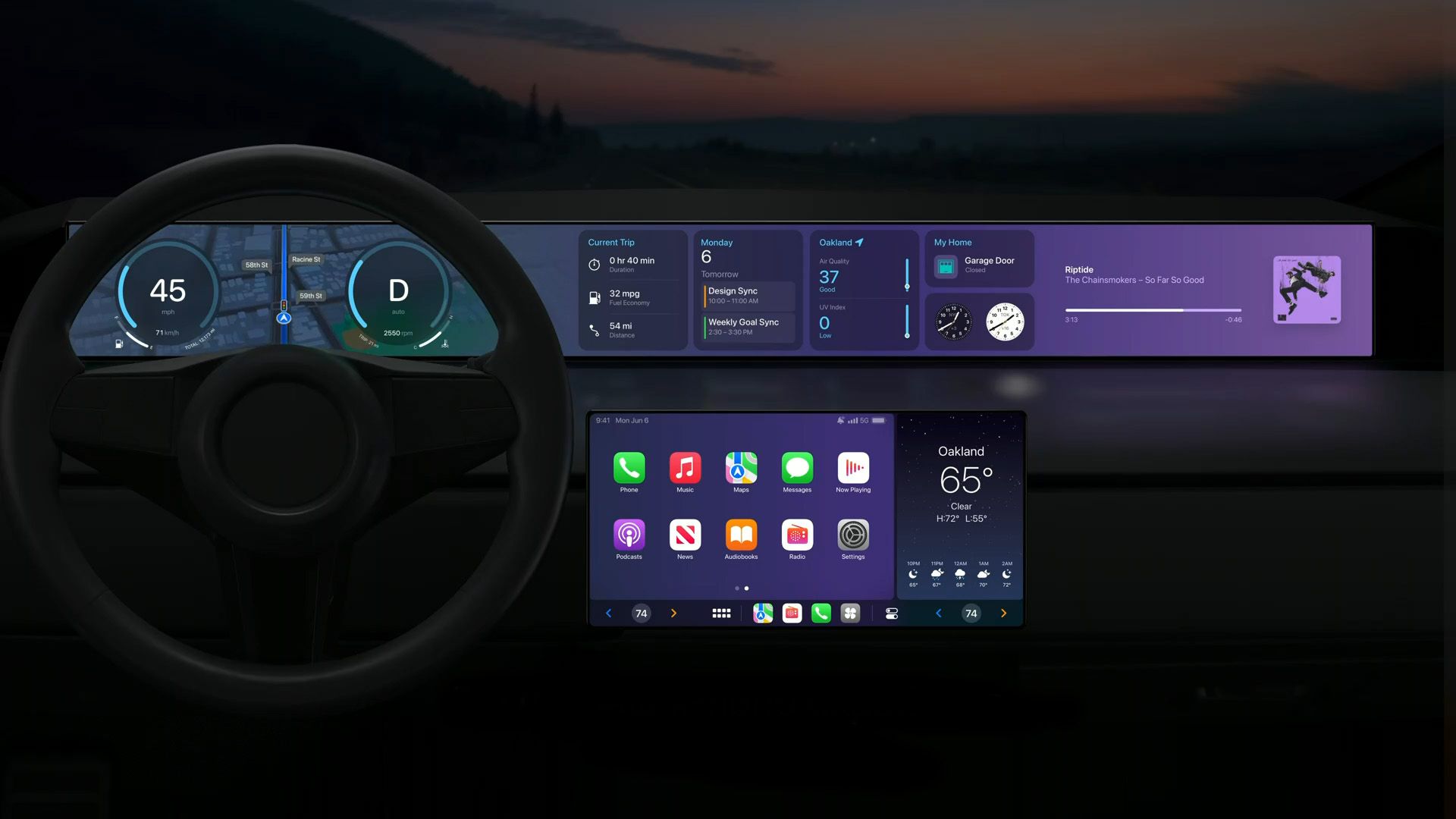
Related
Where is Apple’s next-generation CarPlay?
The next-generation of Apple CarPlay is coming, but it’ll be a while before your Honda dashboard looks like a Rivian or a Tesla.
Misunderstandings at play
Sometimes, you do have to follow the leader
Apple often prides itself on making more considerable successes out of categories other companies pioneer, but this is a case where it seems to have missed some obvious lessons. The biggest one may be price. On top of the economic realities of the 2020s, Apple’s main competition is the Meta Quest 3, which starts at just $500 while delivering most of the Vision Pro’s features, including mixed reality, a few productivity apps, and extending your desktop. It’s been a success for a while, too, making it the bar for the market. Apple may be in position to demand more for a “premium” headset, but not $3,000 more.
It should’ve been aiming for something cheaper, even if that meant more plastic and scaling down eyepiece resolution. Certainly, it could’ve dropped the outside EyeSight display without anyone complaining.
Apple’s AR/VR hardware efforts seem to ignore the most popular uses of other devices.
Apple’s AR/VR hardware efforts seem to ignore the most popular uses of other devices, above all gaming. The few native games for the Vision Pro are hampered by the absence of bundled controllers. Most players are stuck with hand gestures, which are only suited to slow-paced games, or ones where you never move beyond a single space. You can get around this by buying controllers and linking to a PC, but at that point, we’re talking about a setup costing upwards of $5,000 — about ten times what it would cost to play Assassin’s Creed Nexus or Batman: Arkham Shadow on a Quest 3. People are willing to pay a premium for immersive gaming, but for $3,500, Apple should be offering controllers out of the box and supporting as many S-tier VR games as its hardware can handle.
I haven’t even mentioned Meta’s other big AR success story, the Ray-Ban glasses. Those are far less capable than the Quest 3 — being mostly limited to photo and video capture, music, and asking about your environment — but they’re also much cheaper. They’re such an obvious product that while Meta didn’t reveal them until fall 2023, Apple should’ve long had something similar coming as an iPhone accessory. Apple was rumored to be working on iPhone-connected AR glasses at one point, to be fair, but with ambitions far beyond Meta’s. It’s no surprise those were scrapped or placed on the backburner — even Meta’s experimental Orion glasses make sacrifices to keep a slim form factor.
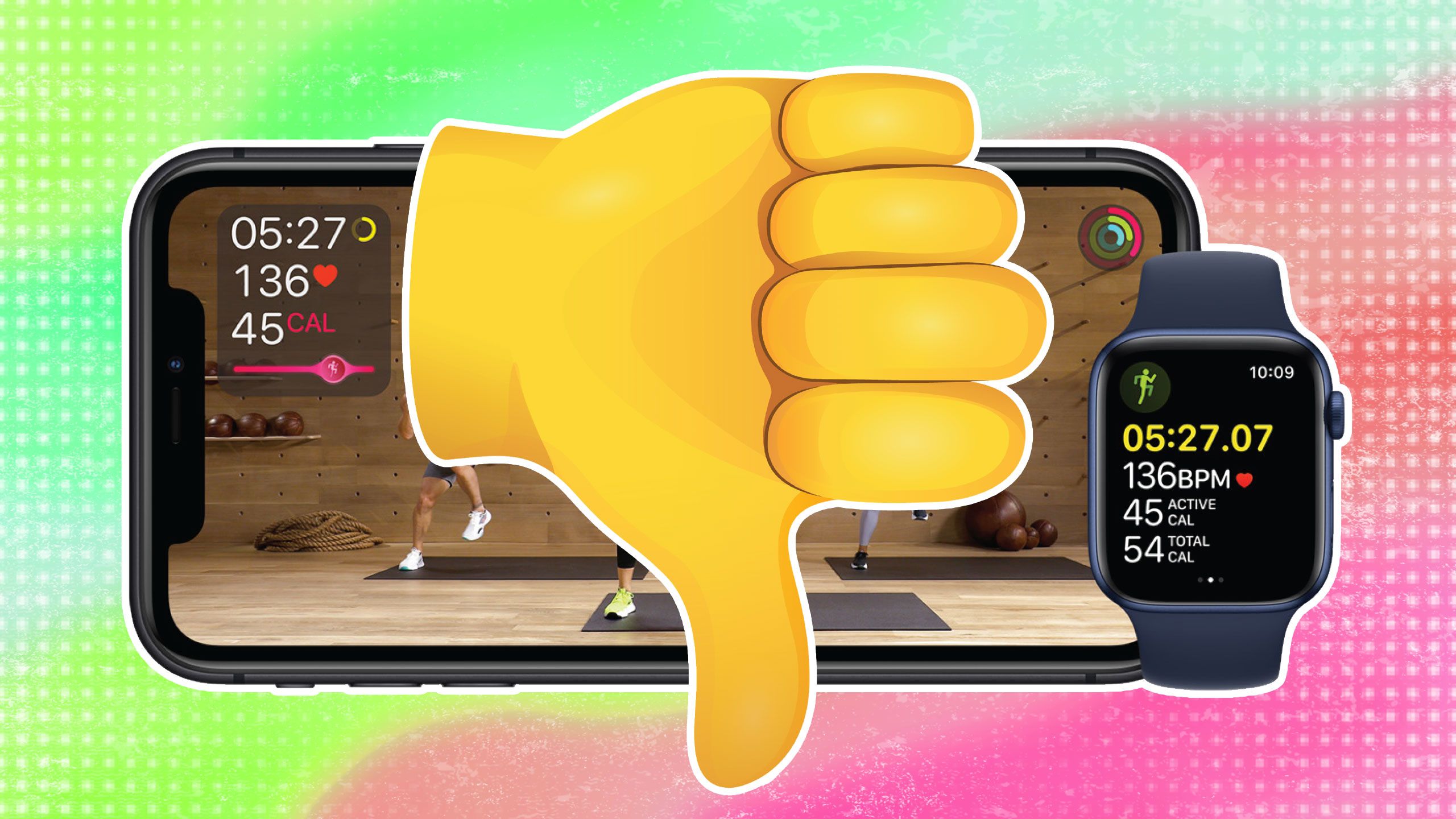
Related
Not sweating it: 4 ways Apple Fitness+ misses the mark
I want to like it, but Apple seems to be catering to a very different demographic.
Is there any hope for Apple in AR?
Time will tell
If there is any hope, it’s going to involve a major pivot. The company is rumored to be working on a cheaper Vision headset, and considering some equivalent of the Meta Ray-Ban glasses, but it still sounds like it’s headed in the wrong direction. That “cheaper” headset could cost as much as $2,000 (via Bloomberg), and if Apple’s only now considering a Meta Ray-Ban clone, it might miss the boat — Meta will probably have a second-generation product out by the time Apple joins the party.
It could be that the cheaper Vision will turn in a new direction, becoming a practical replacement for a Mac or iPad.
A pivot is possible, though. Consider the first-gen Apple Watch. It was originally marketed from a fashion angle, and you could even buy ridiculous gold versions priced at $10,000 or higher. Apple quickly realized its mistakes, thankfully, choosing to lean into health and fitness with the Series 2 while axing gold entirely.
Likewise, it could be that the cheaper Vision will turn in a new direction, becoming a practical replacement for a Mac or iPad. Just don’t expect any huge progress in gaming — Apple has always failed to see the value of the gaming industry, even letting Halo slip through its fingers to become the foundation of Microsoft’s Xbox empire.
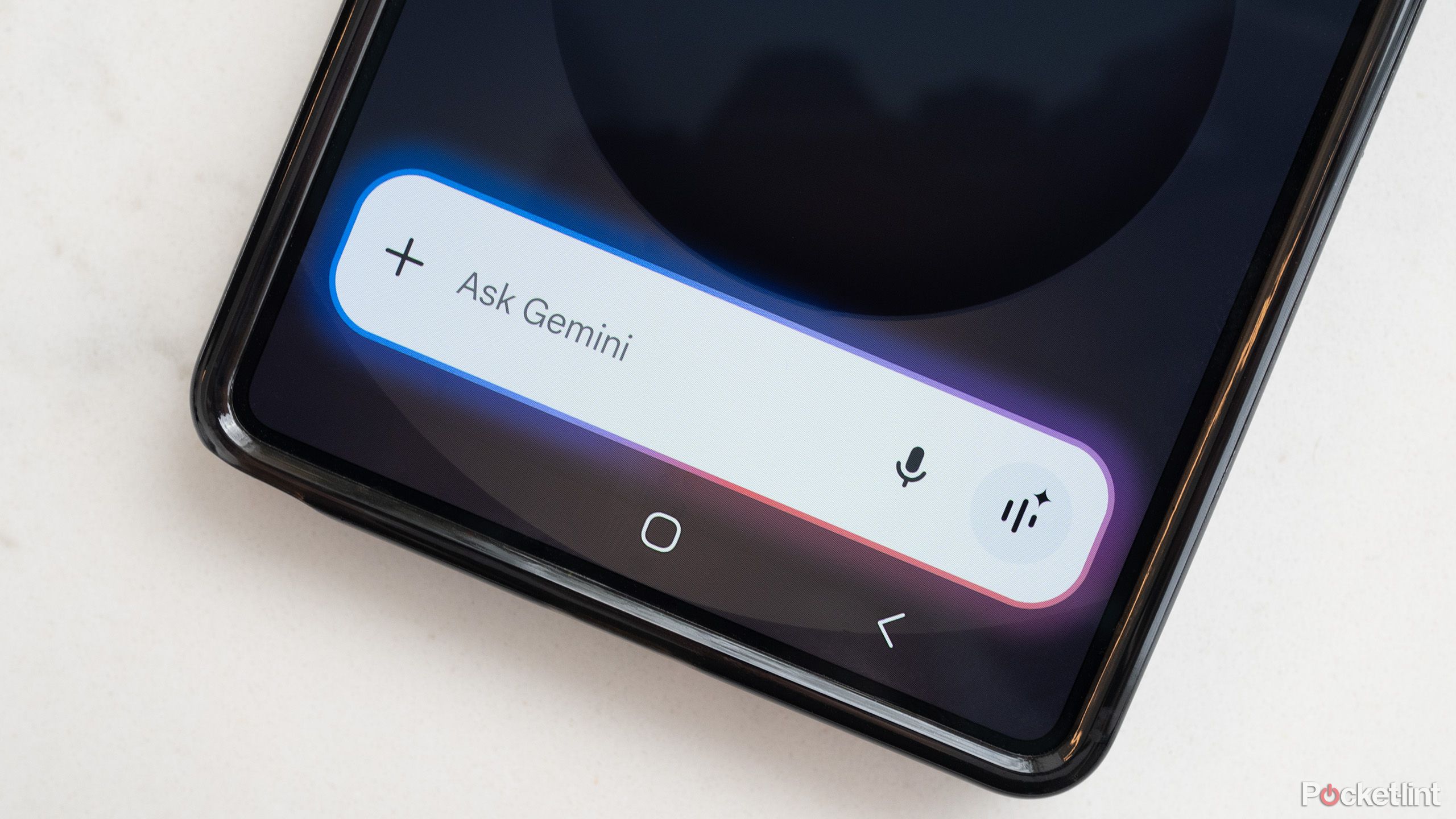
Related
Is hybrid AI the smartphone wave of the future? Samsung and Apple think so
Maybe a one-size-fits-all approach isn’t the best for voice assistants.
Trending Products

15.6” Laptop computer 12GB DDR4 512GB SSD, Quad-Core Intel Celeron N5095 Processors, Home windows 11 1080P IPS FHD Show Laptop computer Laptop,Numeric Keypad USB 3.0, Bluetooth 4.2, 2.4/5G WiFi
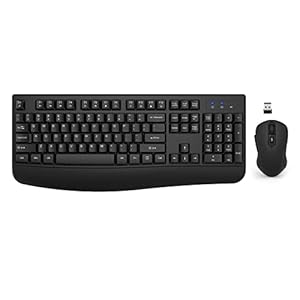
Wireless Keyboard and Mouse Combo, EDJO 2.4G Full-Sized Ergonomic Computer Keyboard with Wrist Rest and 3 Level DPI Adjustable Wireless Mouse for Windows, Mac OS Desktop/Laptop/PC (Black)

Logitech Signature MK650 Combo for Enterprise, Wi-fi Mouse and Keyboard, Logi Bolt, Bluetooth, SmartWheel, Globally Licensed, Home windows/Mac/Chrome/Linux – Graphite

ASUS VA24DQ 23.8â Monitor, 1080P Full HD, 75Hz, IPS, Adaptive-Sync/FreeSync, Eye Care, HDMI DisplayPort VGA, Frameless, VESA Wall Mountable ,BLACK

TP-Link AXE5400 Tri-Band WiFi 6E Router (Archer AXE75)- Gigabit Wireless Internet Router, ax Router for Gaming, VPN Router, OneMesh, WPA3

GAMDIAS White RGB Gaming ATX Mid Tower Computer PC Case with Side Tempered Glass and Excellent Airflow Design & 3 Built-in 120mm ARGB Fans

Wi-fi Keyboard and Mouse Combo, MARVO 2.4G Ergonomic Wi-fi Pc Keyboard with Telephone Pill Holder, Silent Mouse with 6 Button, Appropriate with MacBook, Home windows (Black)

Thermaltake View 200 TG ARGB Motherboard Sync ATX Tempered Glass Mid Tower Pc Case with 3x120mm Entrance ARGB Fan, CA-1X3-00M1WN-00


